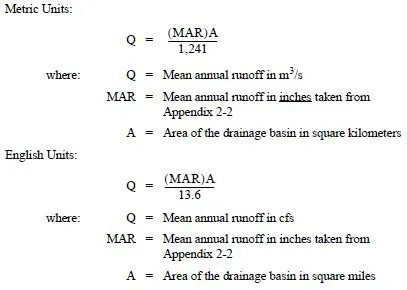A mitered end treatment consisting of cutting the end of the culvert at an angle to match the embankment slope surrounding the culvert is referred to as a flush bevel. This type of bevel is preferred over others because of increased efficiency and reduced impact on the surrounding environment. For more information about bevels see HDS-5. A typical bevel schematic is shown on Standard Plan B-70.20-00 and in Figure 3-5. A beveled end provides a hydraulically more efficient opening than a projecting end, is relatively cost-effective, and is generally considered to be aesthetically acceptable.
Cutting the ends of a corrugated metal or plastic culvert structure to an extreme skew or bevel to conform to the embankment slope destroys the ability of the end portion of the structure to act as a ring in compression. Headwalls, riprap slopes, slope paving, or stiffening of the pipe may be required to stabilize these ends. In these cases, special end treatment shall be provided if needed. The State Hydraulics Office can assist in the design of special end treatments.
